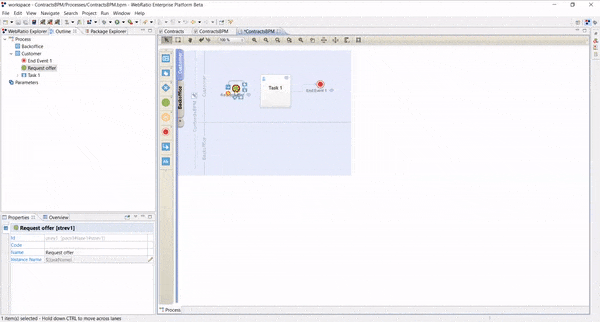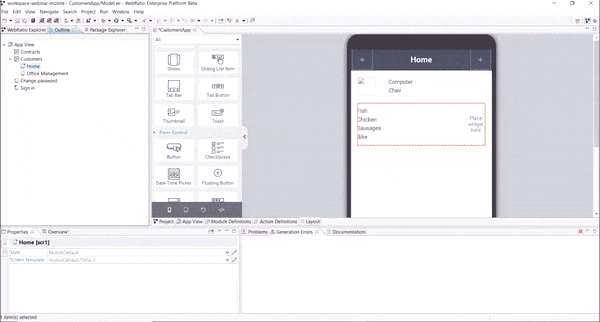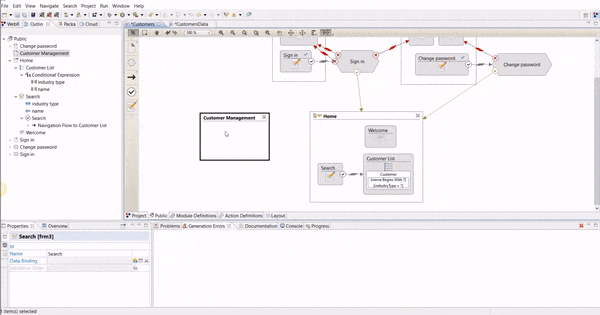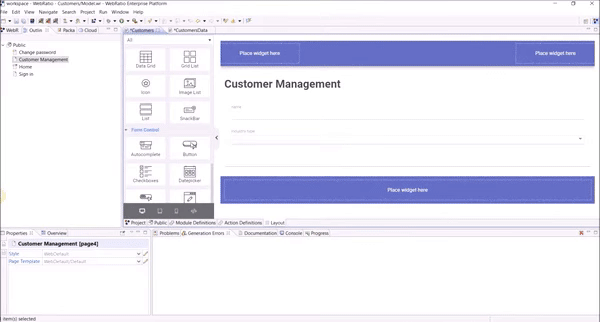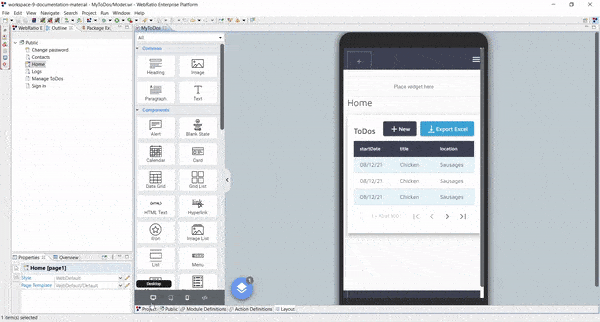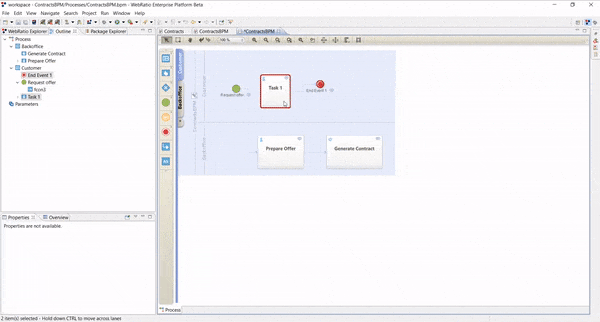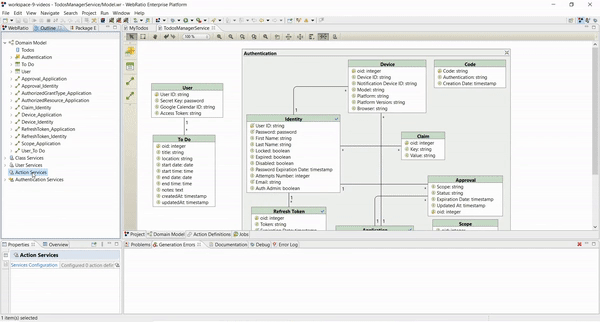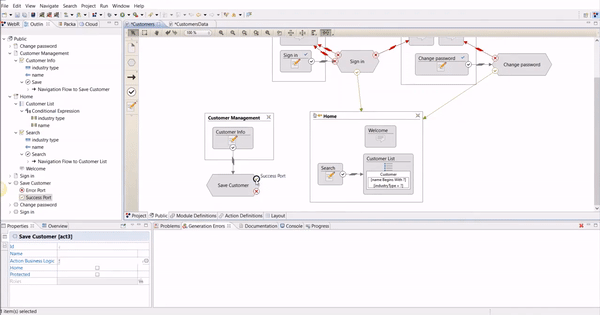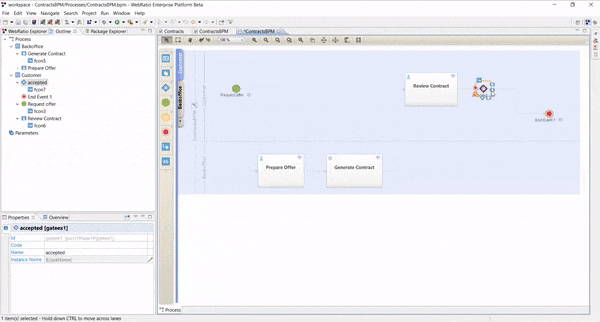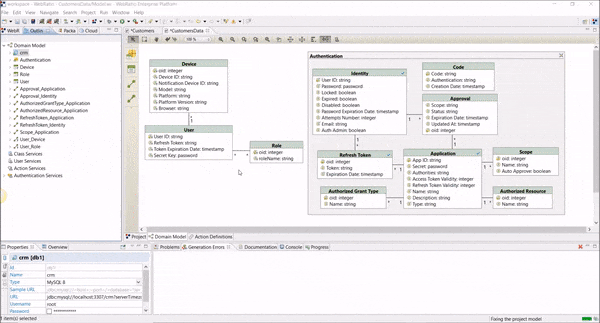3 Development Environments in a Single Low-Code Platform
It is a Low-Code platform designed for professionals and companies that allows you to create applications 7 times faster than traditional programming, with a 60% reduction in the time-to-market and payback periods.
The WebRatio Low-Code Platform contains three development environments in one—web, mobile, and BPA—to accelerate the digitization of processes in companies, leading to a 30% savings in terms of resources.
Web Development
With WebRatio Platform, it is possible to quickly create any web application with innovative functions, personalized graphics, and unique user interfaces, thus offering a tailored digital experience with industrial quality.
The applications automatically generated by the WebRatio Low-Code Platform are standard Java applications and can be released both on the premises and in any cloud space, without further usage or end-user costs.

Mobile Development
The mobile technology of the WebRatio Low-Code Platform allows you to develop customized iOS and Android apps without writing a single line of code, drawing the project only once and releasing it for both platforms, thanks to cross-platform technology.
The testing phase is simplified by the simulator integrated into the Low-Code Platform and by the possibility of testing the mobile app directly on your device.
BPA Development
The process designer and the BPM engine integrated into WebRatio Platform simplify digital transformation and automation because they allow business processes to be defined with a single visual approach and to make them immediately digitally available for both back-end and front-end applications, integrating with the development of, and Mobile interfaces.
